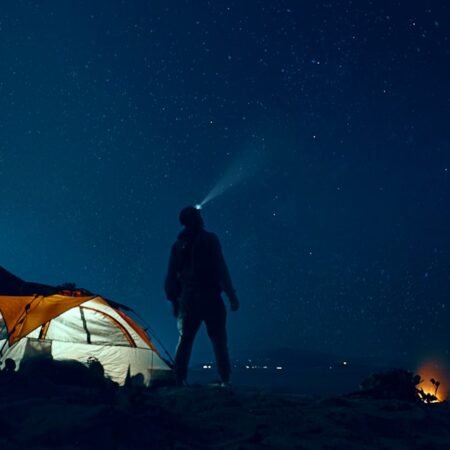When designing engaging clues for outdoor treasure hunts for children, it is essential to understand the fundamental principles of effective clue creation. Clues should strike a balance between being challenging enough to captivate participants and not so difficult that they become frustrated and disengage. They should also be tailored to the age and abilities of the children involved, taking into account their cognitive and physical capabilities.
Furthermore, clues should be designed to promote teamwork and collaboration among participants, fostering a sense of unity and shared achievement. To create effective clues, consider the overall theme or narrative of the treasure hunt. Are the participants searching for a pirate’s lost treasure, a hidden fairy kingdom, or a magical artifact?
The theme can inform the design of the clues, incorporating elements of mystery, adventure, and excitement. Additionally, consider the setting of the treasure hunt – whether it takes place in a forest, on a beach, or in a park. The natural environment can provide inspiration for clue design, incorporating elements of nature and landmarks into the challenges.
Key Takeaways
- Understanding the Basics of Treasure Hunt Clues
- Incorporating Nature and Landmarks into Clue Design
- Creating Age-Appropriate Challenges for Kids
- Utilizing Riddles and Wordplay to Engage Participants
- Tips for Ensuring Safety and Supervision During Treasure Hunts
Incorporating Nature and Landmarks into Clue Design
Natural Landmarks as Reference Points
A clue might lead participants to a specific tree with a distinctive shape or bark pattern, or to a rock formation with a unique feature. Landmarks such as bridges, streams, and trails can also be used as reference points for clues, guiding participants along the treasure hunt route.
Engaging with the Natural Environment
By incorporating elements of the natural environment into clue design, kids can learn to appreciate and engage with their surroundings in a fun and interactive way. In addition to using physical landmarks, clues can also incorporate natural elements such as plants, animals, and weather patterns. For example, a clue might involve identifying a specific type of flower or tree, or observing the behavior of local wildlife.
Weather Conditions as Clue Design Elements
Weather conditions can also be used as part of clue design – for example, participants might need to wait for a sunny day to find a hidden clue that only appears when the sun is shining. By incorporating nature and landmarks into clue design, kids can develop a deeper connection to the natural world while having fun on their treasure hunt adventure.
FAQs
What are some tips for designing exciting clues for kids’ treasure hunts in the great outdoors?
Some tips for designing exciting clues for kids’ treasure hunts in the great outdoors include incorporating riddles, puzzles, and physical challenges, using natural landmarks and features as clues, and tailoring the difficulty of the clues to the age and abilities of the children participating.
How can riddles and puzzles be used to create engaging clues for kids’ treasure hunts?
Riddles and puzzles can be used to create engaging clues for kids’ treasure hunts by requiring participants to use their critical thinking skills and problem-solving abilities to decipher the clues and locate the next hidden treasure. These can be in the form of word puzzles, picture puzzles, or even math problems.
What are some examples of physical challenges that can be incorporated into kids’ treasure hunts?
Examples of physical challenges that can be incorporated into kids’ treasure hunts include obstacle courses, scavenger hunts, and tasks that require participants to complete a specific physical activity, such as jumping, climbing, or balancing.
How can natural landmarks and features be used as clues in kids’ treasure hunts?
Natural landmarks and features, such as trees, rocks, bodies of water, and unique geographical formations, can be used as clues in kids’ treasure hunts by directing participants to specific locations within the outdoor environment. For example, a clue might instruct participants to “look for the tallest tree” or “follow the stream to the next clue.”
Why is it important to tailor the difficulty of the clues to the age and abilities of the children participating in the treasure hunt?
It is important to tailor the difficulty of the clues to the age and abilities of the children participating in the treasure hunt to ensure that the activity remains engaging and enjoyable for all participants. Clues that are too difficult may lead to frustration, while clues that are too easy may not provide enough of a challenge.












